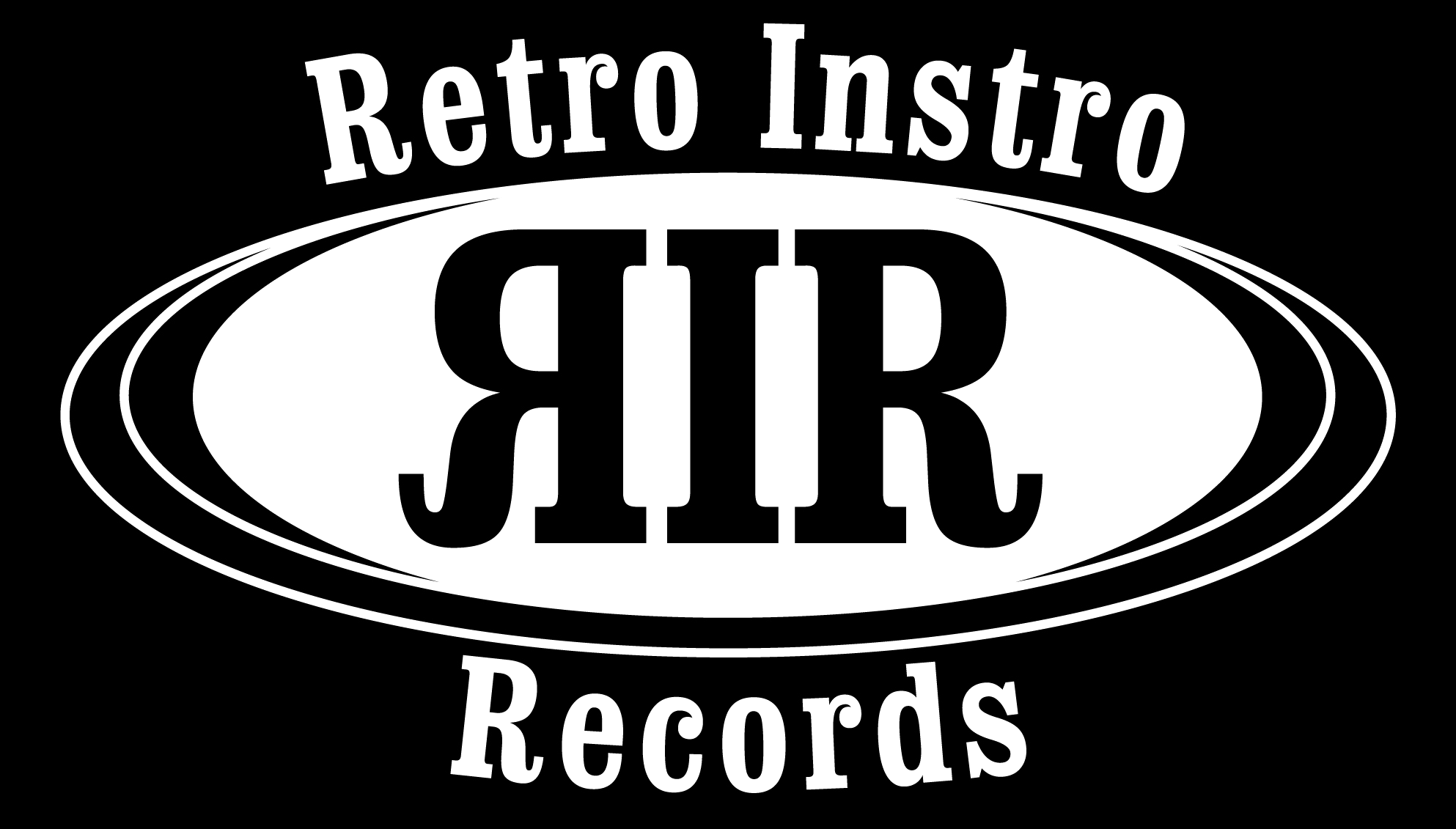
HIGHER CENTI - "Enclave of the Hundred presents... music derived from the I Ching"
The recordings presented here are of uncertain origin. There are but a few facts that are presently known about this recording, those who played it, or the organization that sponsored it. Most of the history is unreliable, based on word-of-mouth recountings. However, taken all together, we can begin to piece together a loose picture of the musicians of the Enclave of the Hundred, known only as Higher Centi. We can only guess as to their ultimate intentions.
As well as anyone can tell, the Enclave of the Hundred was a small hippie commune in the mountains of Southern California between the years of 1965 and 1976. According to those who lived nearby in the area, they were quiet and kept to themselves. They were seen to come and go with great regularity, always in an unmarked white van. Whether they were a cult or a religious organization was never certain, but when they were seen, they always wore robes. Neighbors who had occasion to visit the establishment were always greeted hospitably and were offered “a glass of water,” never more or less. The whole of the compound could be seen from the front gate, and it was reported to consist of only four buildings of average size. Vegetable gardens were immaculately kept on all sides of the buildings (gardening tasks always being performed in robes). Reportedly, no attempts were ever made to proselytize visitors, and the exact nature of their practices were never discussed. One visitor recalls asking the meaning of the name of their group (“Enclave of the Hundred” having been painted in large gold letters on a well-weathered wooden sign over the front gate), being that there were obviously not more than two dozen people living on this small parcel. The genial but cryptic reply was, “True, but the name is accurate.”
The only other known fact about their doings was the casual admittance on one occasion that, “Some of us are musicians.” No more elaboration was offered. The music could in fact be heard in the valley below the compound that contained the main road in and out of the area, but only at night and only on certain nights. It was obviously high-volume electric music, rock, perhaps fusion jazz influenced. A few other details came through a local music store owner. The white van would pull up to the store about twice a month. The three robed customers would browse the entire store quickly, then purchase guitar strings and drumsticks, or occasionally a patch cable or an effect pedal, a drumhead or a cymbal. The robed customers would then express cheerful gratitude, and leave just as quickly as they had come. On one distinct occasion, when the shop owner offered a friendly “how are you,” one of the three exuberantly proclaimed, “Great! We're going to make a record!” The original liner notes on the album's cover offer specific details of the recording process and will not be reiterated here.
This collection was immortalized in vinyl by an independent pressing plant in southern California (Valley Wax, now defunct), and according to anecdotal data, cash was paid upon delivery of the 100 copies. This was indeed a very small order (even in those days), and the musicians were told that a substantial fee would have to be charged for the process whether they received 100 or 1000. The customers were insistent that there would be only 100 copies in existence, taking into account the destruction of all masters, test pressings, and false starts in production – exactly 100 finished products. No explanation was made for this requirement.
There is no evidence that the records were ever sold in local music stores, and in fact, all known existing copies (no more that a dozen) were bought second-hand. The cover did not bear a UPC barcode, perhaps suggesting that in-store sales were not the ultimate goal (not to mention the extremely limited run). There was no contact information offered, nor recording label identification; only a minimal “copyright controlled” statement.

iTunes
Spotify
1. Father
2. Third Daughter
3. Second Daughter
4. First Son
5. First Daughter
6. Second Son
7. Third Son
8. Mother
Recorded June 20th, 1974 (summer solstice, new moon)
Personnel:
Brother Busa
Brother Bilasan
Brother Ulangi
From the Original Liner notes:
Each of the eight selections relates to a trigram of the bagua. They may be enjoyed in the order presented here or in any order conducive to your personal meditation practices (more easily managed if dubbed onto a tape machine). The music was performed once and recorded live, as you hear it, in a single evening in the presence of the Enclave and it's Minister. Apart from the over-arching form (the eight distinct characters of the trigrams), there was no discussion or pre-planning among the musicians. The Minister lectured about the nature of a certain trigram, and then the musicians played according to what had been taught about it. Praise and gratitude for the musicians followed each of the performances, but has been edited out. The session culminated in a collective silent meditation at sunrise.
A message from the Minister:
For this reason we have come. Together in nature, together in purpose, and together in music. The Earth has blessed, and we, likewise, bless with the sounds of peace and unrest, light and dark, order and chaos. Determined by indeterminacy, chosen by chance. We are vessels, conduits; we provide the way.
So on this night, we deliver that which must be born. On this the shortest night and the darkest, our Brothers make the music of elevation and enlightenment. We thank them. They play, and we rise. They understand, and we learn. We share, and you receive, so that you in turn may give. The Hundred are many; the Hundred are one.
